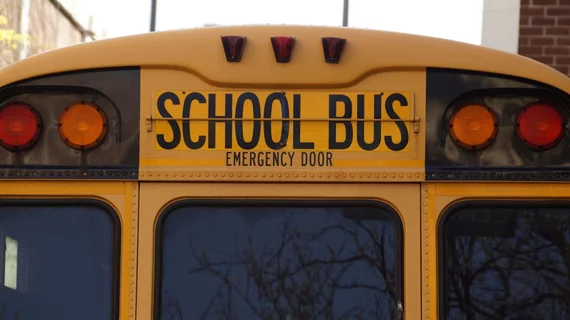Debate over hybrid classrooms a signpost of back-to-school health troubles ahead
On its face, hybrid schooling appears a prudent compromise during the COVID-19 crisis. This is the model in which groups of young students rotate settings between home and classroom.
However, it’s awfully easy to find health and education experts crying Stop the madness.
Tech writer David Zweig dissects the reasons for their outspoken concern in an article published Aug. 6 in Wired.
Proponents of hybrid schooling maintain that keeping subgroups together but separate from other subgroups will limit germ exposure because of the consistency of the groupings. The teachers, they believe, will benefit as well as the children.
Among the experts taking aim at this line of reasoning is Martin Kulldorff, PhD, a biostatistician at Harvard Medical School.
“With fulltime schooling, children primarily are in just two places and with two groups of people, at school and at home,” Kulldorff tells Zweig. “With a hybrid model, many young children must also be in a third place with additional people, such as a grandparent, uncle, neighbor, nanny or daycare provider.”
The increase from two exposure sites to three, he says, makes hybrid schooling “the worst of both worlds.”
Kulldorff would recommend a “hybrid-teacher” arrangement in which the children are in school fulltime while high-risk teachers don’t come in at all. Instead they connect with students and colleagues exclusively online.
As Zweig reports, a major problem underlying all proposed solutions is the variability of guidelines across the country.
Massachusetts and Colorado, for example, acknowledge the lack of standardization and try to help school districts make sensible decisions at the local level. For some states, this means being nimble enough to accept less than six feet of social distancing as long as other safety measures are in place.
“Nevertheless,” Zweig observes, “in much of the country policymakers and school districts have seized on this single metric of six feet as if it were handed to Moses on a stone tablet.”

